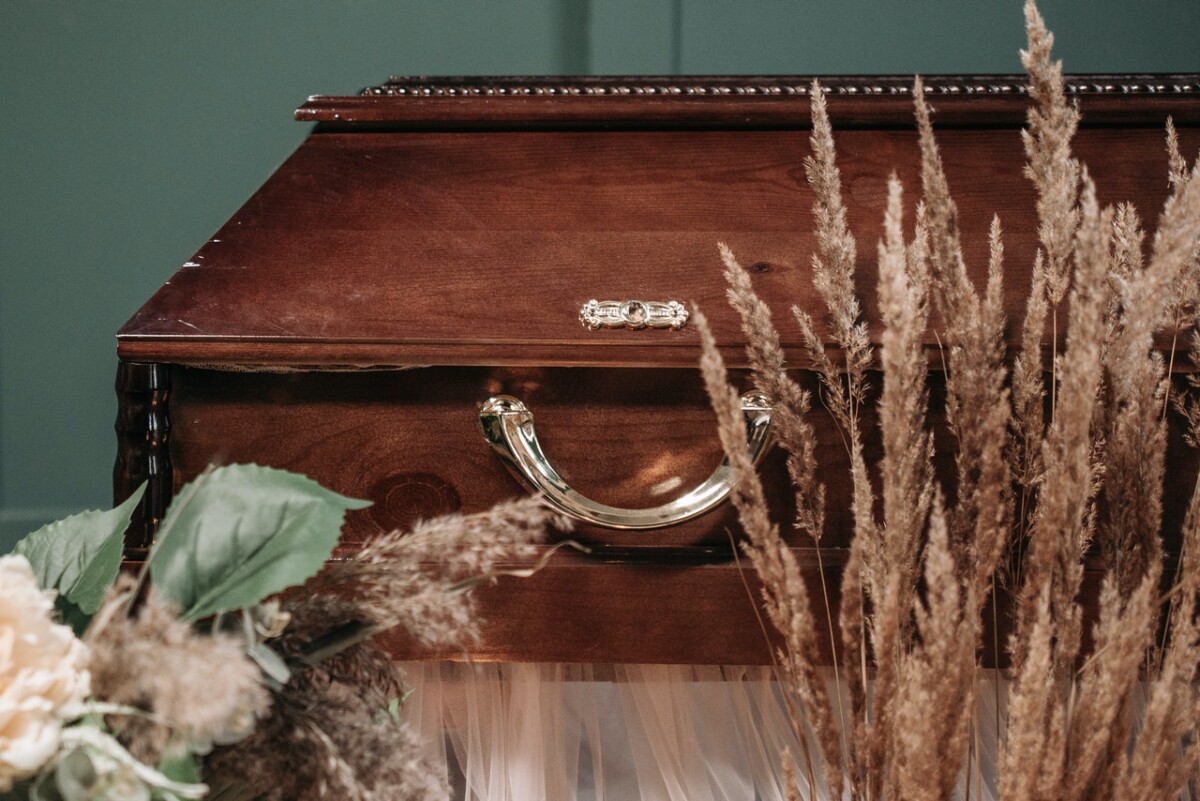All that chazz
I do a lot of shopping in charity shops, usually on the lookout for vintage clothes (which won’t come as a surprise to many people who’ve seen me around at conferences).
It’s kind of a hobby for me and I’ve picked up quite a few bargains.
I once got Hardy Amies Regency-style suit (c1967) for £10 in a Geranium Charity for the Blind shop in South Norwood and an Italian ‘Dolce Vita’ style suit (c1961 – my pride and joy) for £25 from the Save the Children shop on Clapham High Street. (BTW, this was the shop that won the award for best shop at the Association of Charity Shops awards a couple of years ago; the same shop where the staff refused to let my girlfriend Sarah try on a dress out of the window display, costing themselves a sale worth £25.)
Advertisement
Sarah and I even go on expeditions to different towns on the lookout for vintage gear. The last destination was Worthing, which netted a good haul (sheepskin coat, pair of shoes, 60s Burtons jacket, couple of dresses and a ridiculously-obscure LP by a 60s folk trio called The Travellers for ten bob). I was told recently that Buckingham has more charity shops per square inch than any other town. Don’t know if that’s true but Buckingham will be getting a visit shortly. And now that Edinburgh has its own map of charity shops we’ll have to get up there too.
Chazzing
The thing about doing a lot of charity shop shopping – or chazzing, no, honestly – is that you do get an idea pretty quickly about which shops are going to give the best shopping experience; which shops offer the chance to rummage through mounds of bric-a-brac and allow you the expectation that you could turn up a bargain at any time. You are almost never disappointed at a hospice shop so to arrive at provincial high street and discover two, three or even four hospice shops is chazzing nirvana.
The obverse to this is that you also soon work out which shops provide the least interesting shopping experience. There are one or two charities that have turned their shops chains into soulless clones. After sitting on a train to the south coast for an hour, the last thing you want to see in the high street is an Oxfam, Sue Ryder Care or, by far the worst, Cancer Research UK, logo above a shop front.
All the same?
CRUK shops are all the bloody same and they all seem to have the same goods in them (which is even more true for Oxfam as it sells a lot of new goods). Of course, they don’t have the same ranges, but all CRUK shops seem to carry the same type of goods. My thing is suits but if you go into a CRUK shop all you will find are four or five black or grey Next or Ciro Cittero suits, all sized 42 or above. Do people just not offload their old 60s and 70s suits to CRUK or does CRUK siphon them all off to sell on eBay (which would actually be a very sensible fundraising strategy)?
At the Association of Charity Shops conference this year, Nick Hollingsworth, ceo of Austin Read, warned delegates that charity shops have to compete with low cost high street chains with the words: ‘You must remember that your charity is a brand and you must treat it as such.’ (BTW this is hardly new, some honcho from TK Maxx said more or less the same thing at the first ACS conference I attended back in 2001.)
I’m guessing that Hollingsworth meant that charities have to think of themselves as a high street brand to compete with other high street brands.
People have been telling me for years that fundraising is about more than raising money (some people have told me that it is not even the most important aspect of fundraising, but maybe that’s the subject of a separate entry) and for years I have been countering that it actually is first and foremost about raising money.
Charity shops as windows into what people think of charities?
But maybe that’s not true of charity shops. They can raise a lot of money. Profit from CRUK’s 607 shops was more than £14 million last year (though this was down 4.8 per cent on the previous year). But they can also give you a window into how many people think charities are, or should be – amateurish, archaic, slightly anarchistic, with the slick organisational machinery firmly hidden in the background. Charity shops could be a tool that let charities reconnect with the public by presenting the imagined face of charities (c1955) rather than the face of charity corporate (c2005).
Cancer Research UK is a professional, efficient, successful organisation, with a brand to match. But maybe its shops don’t need to represent that part of its brand. Perhaps instead of 607 immaculately branded yet sterile low-value retail outlets, CRUK should have the equivalent of 607 jumble sales.
Perhaps charity shops is the one area of fundraising where we could do with a bit less professionalism.
Next time – self-regulation.
- Charity shops saw Winter boost in sales (15 March 2023)
- Hospice opens mens’ boutique charity shop (3 April 2023)
- Charity shop sales show year-on-year growth for Q4 2019 (5 March 2020)





